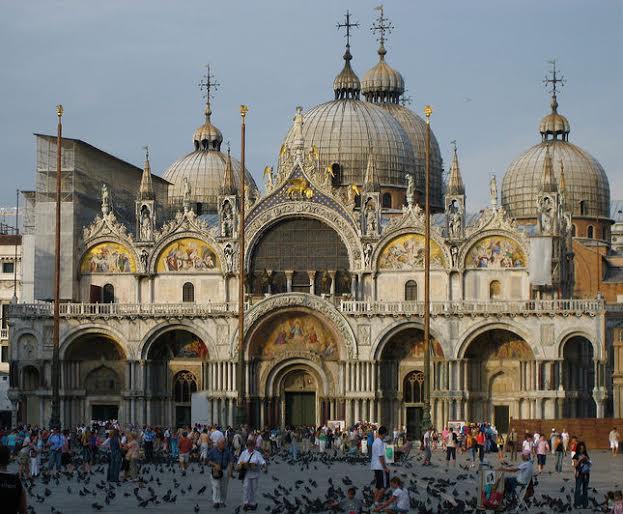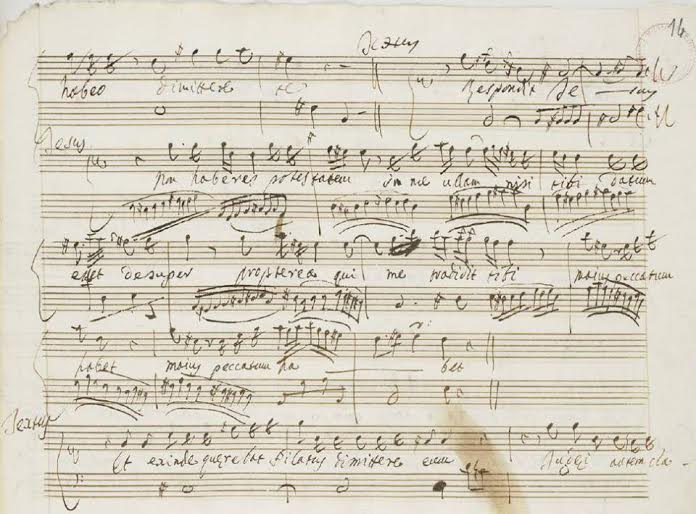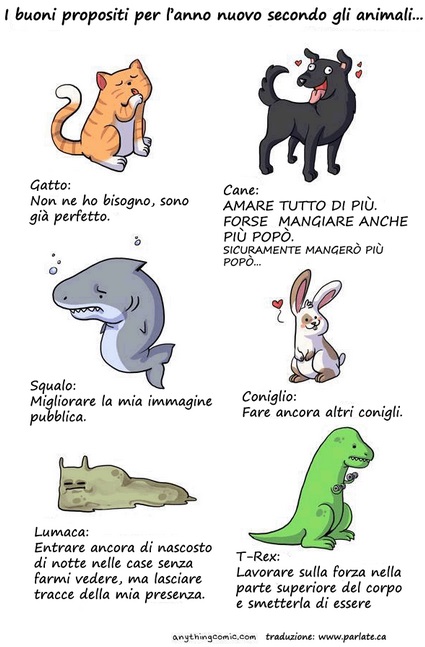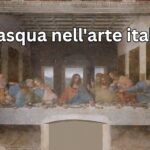Imagine learning lots of grammar and vocabulary only to discover that listeners find it hard to understand what you say…è terribile per la comunicazione!
Also, if you can’t pronounce a word correctly, then you may not be able to hear it when spoken by another person either… ancora più terribile per la comunicazione!
This is a very common problem so don’t fret (non ti allarmare). I put together 7 solutions to improve your pronunciation based on my experience teaching Italian and learning languages.
In this post I’ll share my 1st tip: “Practice Italian with a flawless speaker!”
“Learning proper Italian from the start saves you time and frustration later correcting what you’ve learned incorrectly.”
It can sometimes be very difficult to correct what you’ve learned incorrectly as it turned out for my friend who had a teacher in elementary school that was very passionate about English, but was hardly proficient enough to teach simple words, such as “apple”, which sounded more like “apele” (similar to the word “ape”, “scimmia” in Italian), although she knew all the grammar. Till this day, over 20 years later, my friend still struggles to pronounce “apple” properly.
His English teacher, also a relative of mine in my little town, wanted to share her passion and land a job, but teaching is a serious matter. When I started teaching English in Italy, although I had reached the advanced level C2, according to the “Common European Framework of Reference for Languages: Learning, Teaching, Assessment”, I felt it would be fair to teach only levels A and B since I wasn’t speaking English on a daily basis and wouldn’t be able to teach successfully at a higher level.
Improvised language teachers are not a good deal!
So how do you know if a teacher speaks proper Italian?
Talk and listen to them a bit before jumping into it and, depending on whether the teacher is a native speaker or a non-native speaker, the pronunciation issues, if there are any, will differ.
I would ask both if they have any particular accents or regional intonation, hoping they’re aware and honest!
However, to be certain, I would go ahead and look out for more specific issues….
In the case of the native speaker pay attention to:
- how they pronounce the grave or acute vowels such as in the words “verde” (the “e” is acute “vérde”), “cosa” (the “o” is grave “còsa”);
“verde” correct:
- whether they tend to pronounce single consonants as double consonants instead; an example is “amore” sometimes mistakenly pronounced with a double “m” (the“o” is acute);
“amore” correct:
- whether they shorten the infinitives stressing the last vowel, like “mangià” instead of “mangiare”, “parlà”, instead of “parlare”, and so on;
While you’re at it, you can also check some grammar, which will give you a better idea of their speaking accuracy:
- how they say: “I hope you are well.” (correct: “spero che tu stia bene”),
- how they say: “Can you speak Italian?” (correct: “sai parlare l’italiano?” – not ‘puoi’ parlare l’italiano?”);
In the case of the non-native speaker, issues usually concern:
- pronouncing the vowels,
- stressing the words correctly,
- pronouncing the “r”, the “t”, the “sch”, double consonants,
- pronouncing the vowels at the end of the words and pronouncing them correctly (they are not all acute, only the ones with accents on them).
A way to verify that they are flawless speakers is to find a short audio snippet and ask them to repeat it. You can find excellent and reliable audio from Italian language manuals.
“Speaking properly is a form of respect for a language.”
Let me know in the comments below what your experience has been learning Italian.
Stay tuned for my next tip about my favourite language sharpener!
If you liked this post please share & like!
Grazie,
Mirella













